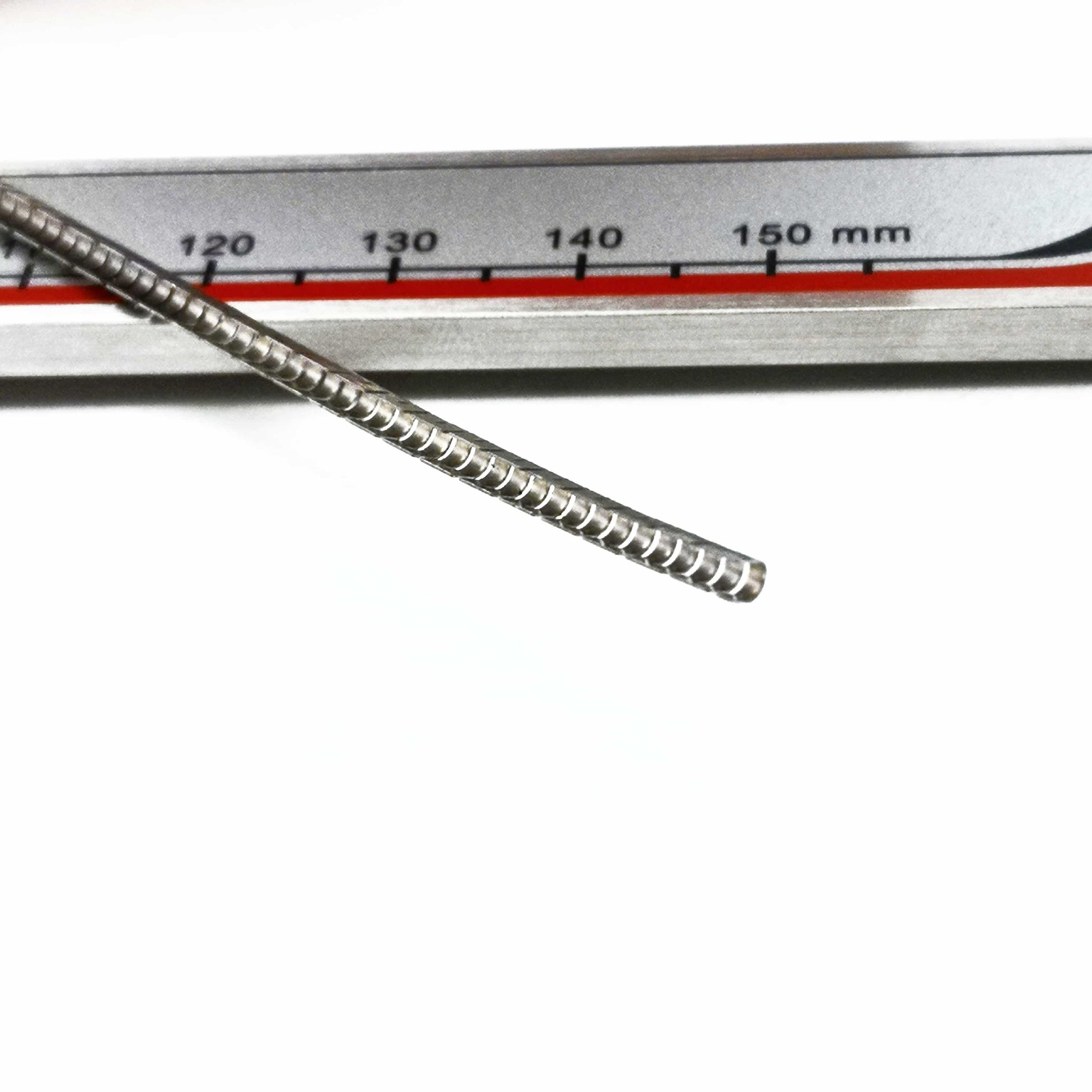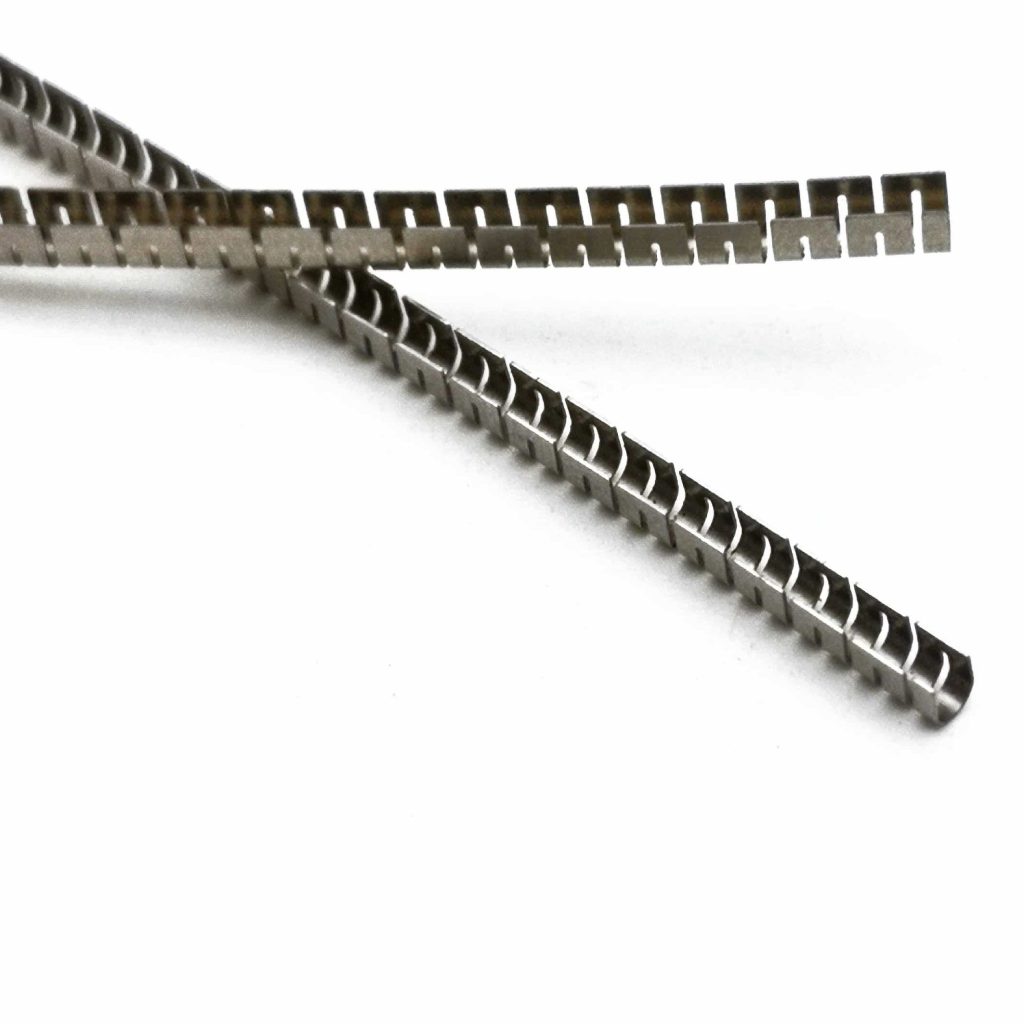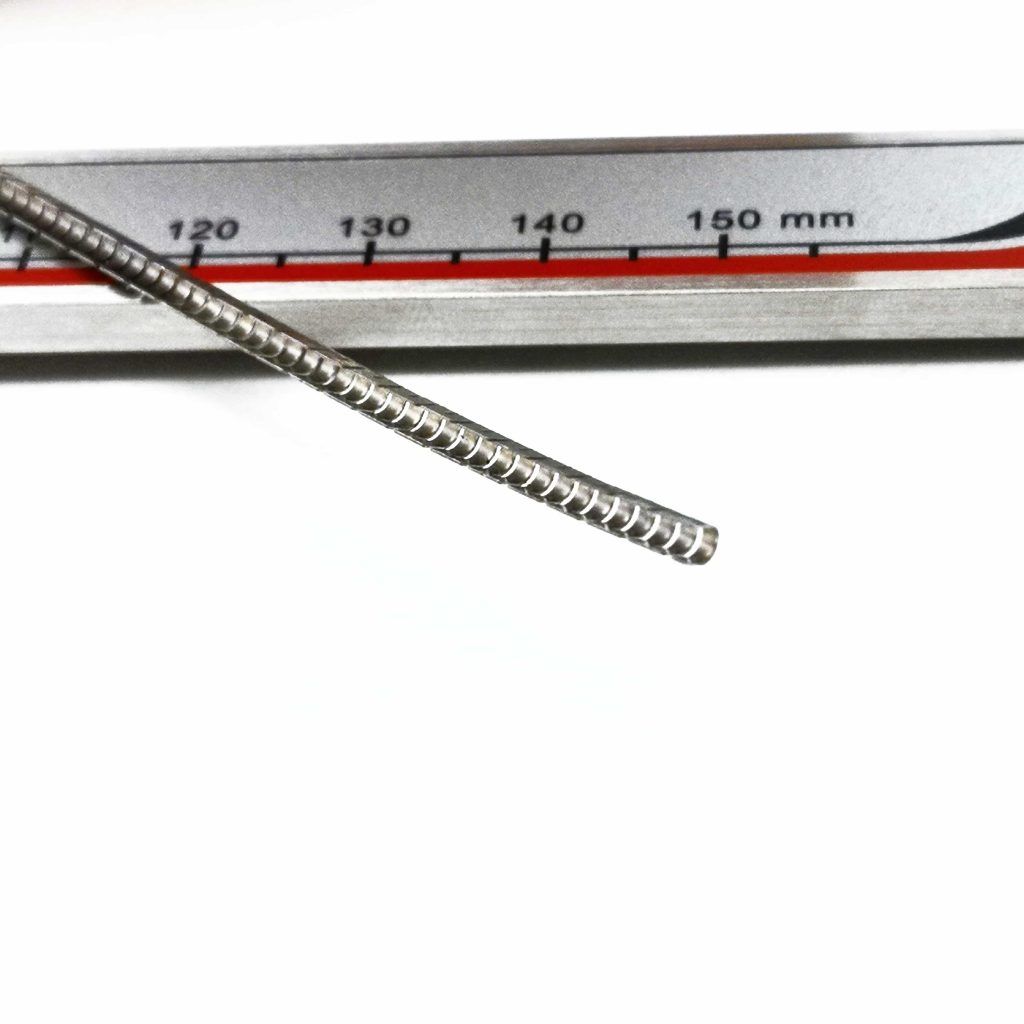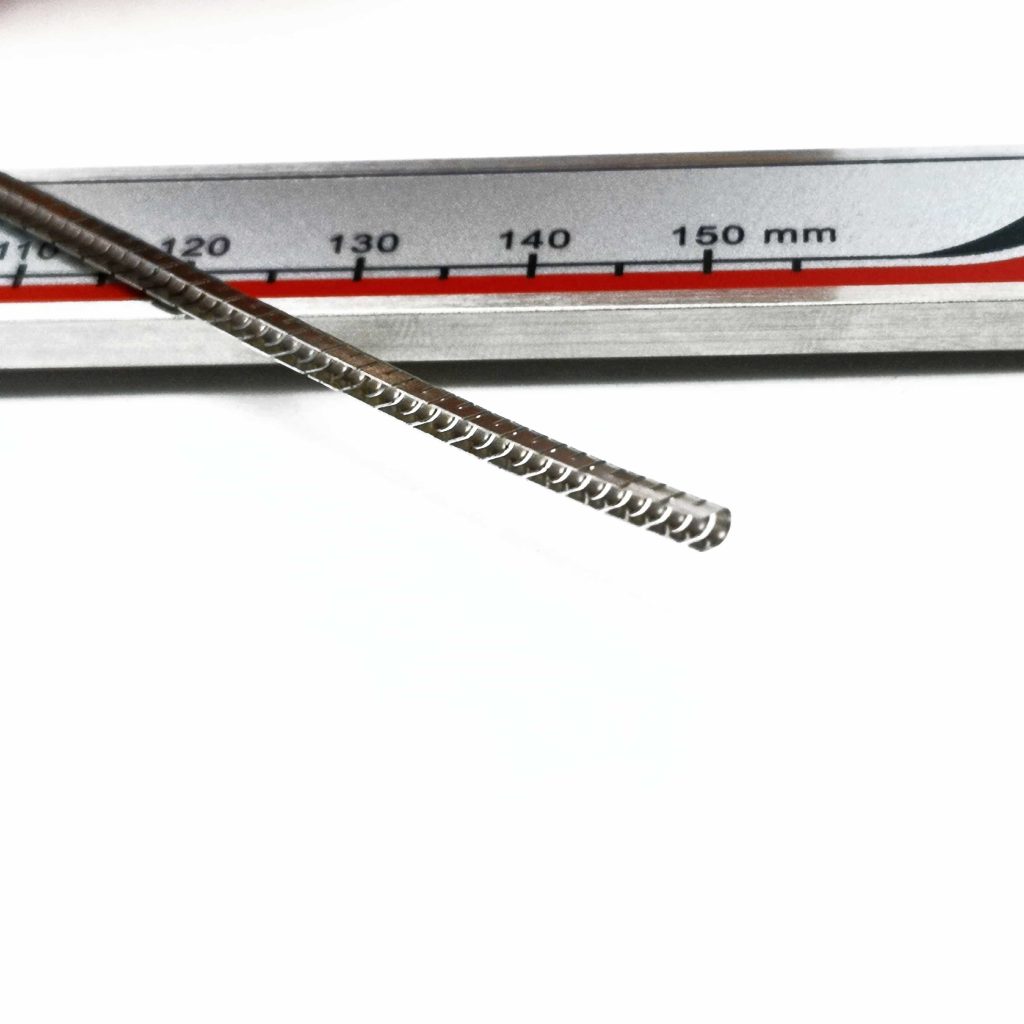
Cantilever U Springs
for the Specific Demands of the Application
Cantilever U springs, known for their versatile applications, require careful material selection to ensure optimal performance and durability. The material chosen must be suitable for the specific demands of the application, taking into account factors such as temperature, corrosion resistance, fatigue strength, and other environmental conditions. Below, we will explore various application scenarios where material choice is particularly important for Cantilever U springs.
In high-temperature applications, such as engine components, heat exchangers, or aerospace equipment, materials must possess high-temperature strength and creep resistance to withstand thermal stresses over extended periods.
Materials such as 310S stainless steel are favored for their ability to maintain mechanical properties at temperatures exceeding 1000°C, while Inconel alloys are chosen for their superior resistance to heat-induced degradation.
In industries such as chemical processing, petroleum, or marine engineering, Cantilever U springs may come into contact with corrosive substances like acids, salts, or seawater. Materials used in these applications must exhibit high resistance to corrosion.
Choosing the correct material for corrosive environments helps to prevent premature failure and maintains the long-term functionality of the spring in demanding conditions.

In the food and pharmaceutical sectors, safety and hygiene are paramount. The materials used in these applications must be non-toxic, easy to clean, and comply with food safety standards.
In these industries, ensuring that the material is free from contaminants, is resistant to the buildup of bacteria, and can withstand rigorous cleaning protocols is essential for maintaining both product safety and regulatory compliance.
Cantilever U springs used in electronics and precision instruments require specific material properties, such as non-magnetic characteristics and low friction coefficients. In addition, electrical conductivity may also be a factor to consider, depending on the application.
These materials help maintain the accuracy and longevity of sensitive equipment, as non-magnetic, corrosion-resistant, and conductive properties are key to minimizing interference and maintaining operational integrity in high-precision environments.
Materials used in cryogenic applications, such as liquid natural gas (LNG) storage and transportation, must be selected for their ability to maintain toughness and flexibility at extremely low temperatures.
In cryogenic applications, selecting materials that can withstand thermal contraction and maintain flexibility is critical to preventing cracks or other failures due to extreme cold.

In components subjected to frequent cyclic loading, such as automotive suspension systems, springs must be selected with high fatigue strength to endure repetitive stress without failure.
Choosing materials with high fatigue strength ensures that Cantilever U springs can perform reliably over extended periods, even under high-stress and repetitive loading conditions.
In some electronic applications, U-shaped springs may also serve as an integral component of EMI shielding, where the material must have high electrical conductivity and magnetic shielding properties.
Materials used for EMI shielding not only need to block unwanted electromagnetic waves but also must be durable enough to perform consistently in dynamic or harsh environments.
In high-pressure environments, such as pressure vessels or heavy machinery, Cantilever U springs must be made from materials capable of withstanding significant forces without failing. Materials need to exhibit both strength and toughness.
For applications subject to extreme pressure or heavy loads, selecting materials with high tensile strength and resistance to deformation ensures that the spring can withstand harsh conditions without failing prematurely.

Selecting the right material for Cantilever U springs is a critical step in ensuring their long-term durability and functionality in various applications. By considering factors such as temperature, corrosion resistance, fatigue strength, and environmental conditions, engineers can choose the most suitable material for each specific use case. Materials like stainless steel, titanium alloys, high-carbon spring steel, and copper-based alloys offer distinct advantages in different industrial sectors. It is essential to balance material performance with cost, availability, and potential for additional treatments, such as surface coatings, to optimize the spring’s performance in its intended application.
In summary, careful material selection for Cantilever U springs guarantees not only the reliability of the springs in their respective industries but also enhances their efficiency in handling diverse operational challenges.